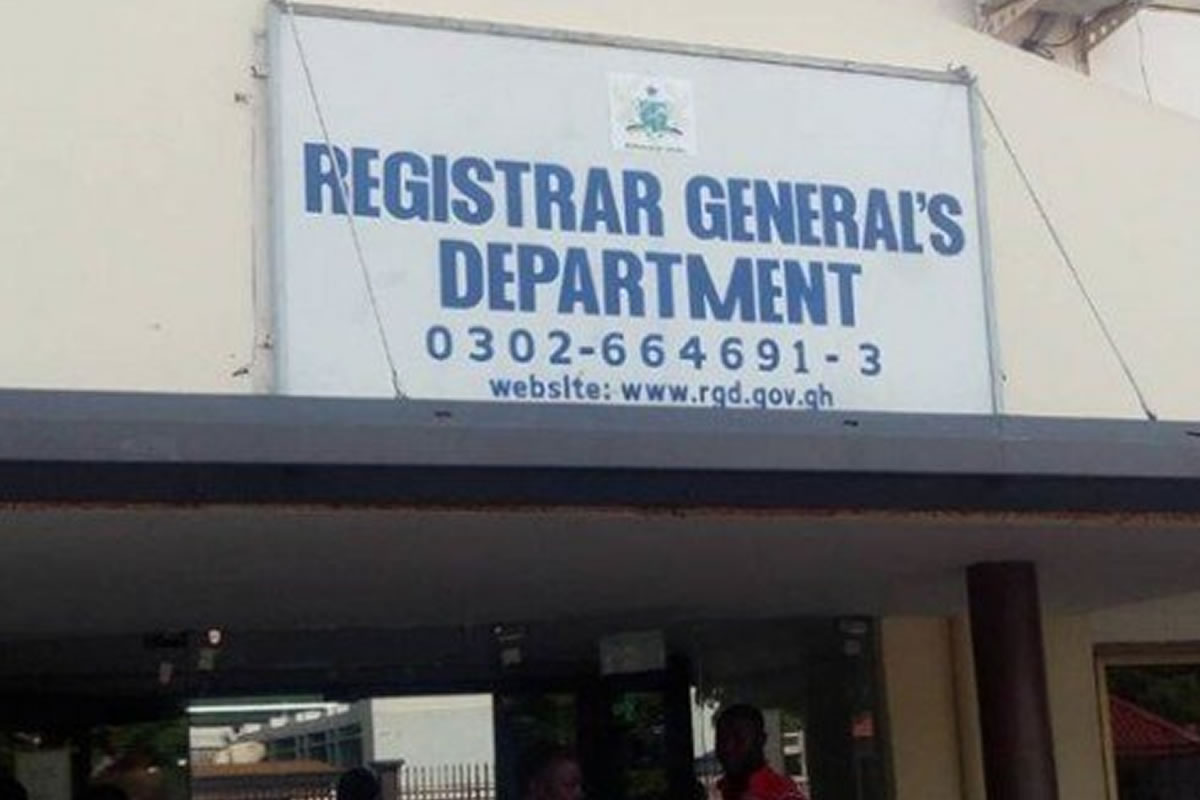The government has secured the funds that the Bank of Ghana (BoG) requested to be able to clean up the operations of Non-Bank Financial Institutions (NBFIs) and make them more solid to be able to support economic growth meaningfully, the Minister of Finance, Ken Ofori-Atta, has disclosed.
The ministry recently ring-fenced the GH¢700 million in an escrow account, pending the completion of “some logistical arrangements” to allow for the actual clean up exercise to begin, the minister told the Daily Graphic in Accra on Monday.
Although Mr Ofori-Atta did not say whether the central bank would begin with the Microfinance Institutions (MFIs) or the savings and loans companies (S&LCs) — the two set of financial institutions that are the apex of the NBFIs subsector — he assured the public that the government and BoG were “almost ready” for the much-talked about cleanup of the NBFIs subsector to begin.
ALSO READ: President of GHASALC proposes on how Savings and Loans in Ghana can be revived
When asked about the specific date that the exercise would commence, the minister said, “we are yet to meet and decide on that but in terms of preparedness, we have the money ready.”
Dr Ernest Addison
The upcoming exercise is a continuation from the banking sector clean-up exercise which ended in January this year.
The exercise has been variously praised by both the government and the BoG as helping to strengthen the sector and reposition it as a key growth driver.
In April, this year, the BoG Governor, Dr Ernest Addison, said the central bank was ready to extend the exercise to the NBFIs subsector only when the Ministry of Finance had mobilised the required resources to fund the exercise.
The governor said the preliminary estimates showed that it would cost around GH¢700 million to clean up the MFIs.
It is expected that BoG will use the GH¢700 million to protect customer deposits in the event the collapse of an institution similar to what happened under the banking sector clean up exercise.
IMF report
Speaking to the Daily Graphic on the sidelines of the launch of the 2019 issue of the Regional Economic Outlook (REO) by the International Monetary Fund (IMF), Mr Ofori-Atta said the exercise was expected to commence shortly.
“We actually have created an escrow account for the resources and so we now need to think about the logistics to get this thing done because it is a cross country exercise,” he said.
The First Deputy Governor of the BoG, Dr Maxwell Opoku-Afari, who was also at the event, said the central bank was working closely with the Ministry of Finance and the government on the issue.
In March 2018, a central bank press statement named 319 MFIS as being “in general compliance with BoG’s guidelines.”
Growth prospects
Meanwhile, the REO by the IMF showed that economic recovery in sub-Saharan Africa continued.
It said aggregate growth was set to pick up from three per cent in 2018 to 3.5 per cent in 2019 before stabilising at slightly below four per cent over the medium- term or about five per cent when the two major economies, Nigeria and South Africa, are exclusive.
“These aggregate numbers mask considerable duality in growth prospects within the region,” the report said, noting that about half of the region’s countries, mostly non-resource-intensive, are expected to grow at five per cent or more.
“However, the remaining countries, comprising mostly resource-intensive countries are expected to fall behind.
“As these countries—including Nigeria and South Africa—are home to more than two-thirds of the region’s total population, it is important for the policy uncertainties that are holding back growth to be addressed for the lion’s share of SSA to enjoy improved standards of living,” it said.
The report advised SSA countries to step up domestic mobilisation of revenue to help make up for dwindling concessionary funding and keep away the temptation to accumulate more debt.
The report also examined the prospects of the African Continental Free Trade Agreement (ACFTA) that seeks to create a common market worth about $2.5 trillion for African countries.
Credit: Daily Graphic



